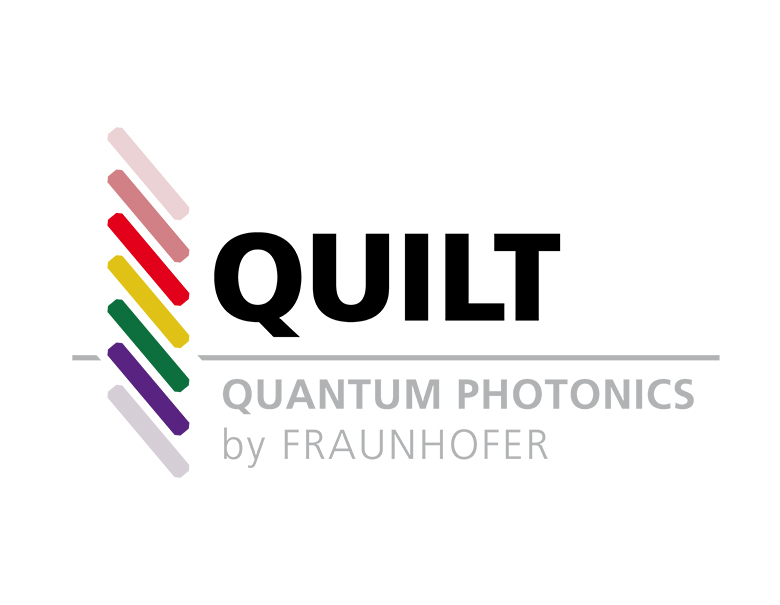Nanotechnology and its application in products and processes has become a buzzword for industrial development. Nanotechnology refers to systems that are smaller than 100 nanometers in at least one spatial dimension. Such systems are characterized by the large ratios between surface area and volume, which results in an overwhelming number of properties that are not present in materials having greater volumes. The corresponding result is the nearly infinite potential for product and process improvements, which have not even been remotely investigated scientifically.
Our department has begun to couple our competence in mathematical optimization with nanotechnology to make these special properties that result from large ratios between surface area and volume, available for industrial purposes. In previous projects, we have followed a general approach: Simulations directly on a nanoscale, usually with methods that move every single relevant atom, allow the study of the fundamental properties of a nano-system and further processing in a substitute model, which then works on a macroscopic process scale.
In this process, the nano effects are hidden, for example, in effective material parameters. Aided by the substitute models, the processes and products can be optimized on a multi-criteria basis thereby avoiding, at least partially, costly experimentation while at the same time proposing virtual optimal process and product designs.

